If there was a beauty contest between the nertine snails: the species commonly known in the hobby as Neritina or Vittina waigiensis would certainly be among the winners! This species, which reaches a shell diameter of 1.5-2 cm and has extremely variable markings, was originally described by Lesson in 1831 as Neritina waigiensis. The animals on which the description was based came from the island of Waigiou, which politically belongs to West Papua (Indonesia). However, the type specimens shown on the corresponding page of the scientific database WORMS ( = World Register of Marine Species) (https://www.marinespecies.org/aphia.php?p=taxdetails&id=850640) are more similar in color and shape to a finely striped form of Vittina turrita (see https://www.aquariumglaser.de/en/31-crayfishes-shrimps-crabs-snails-mussels/vittina-turrita-and-v-semiconica/). According to the current state of research, WORMS refers to the species as Vittina waigiensis. Whether the animals referred to in the hobby and in this post as Vittina waigiensis really belong to this species must therefore be checked again by a qualified person, we cannot decide this.
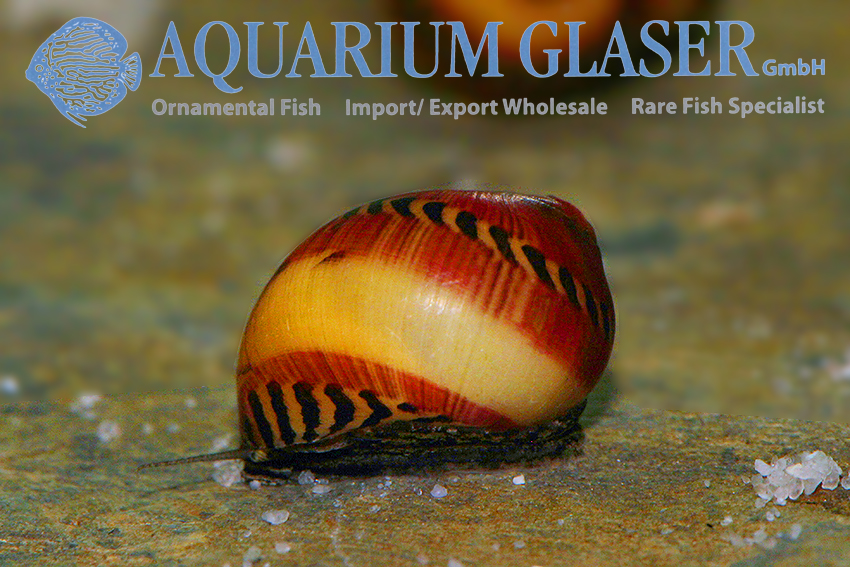
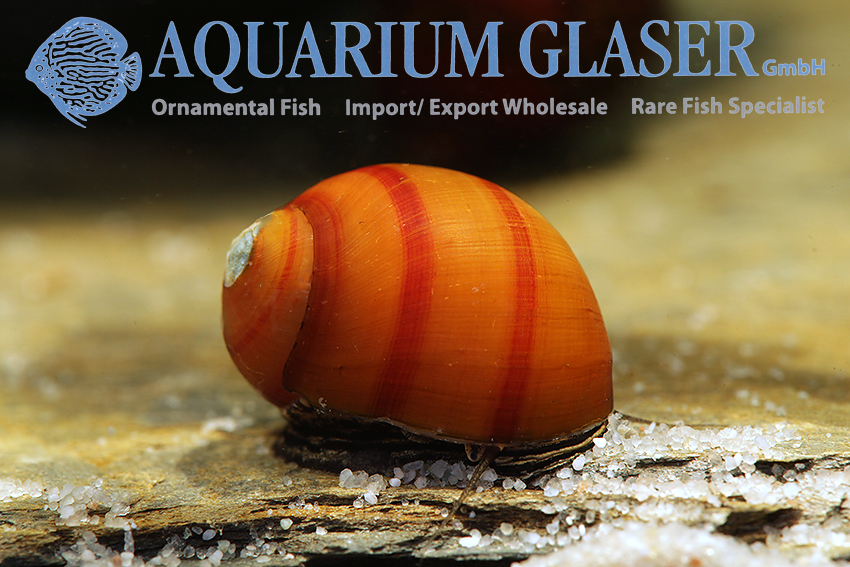
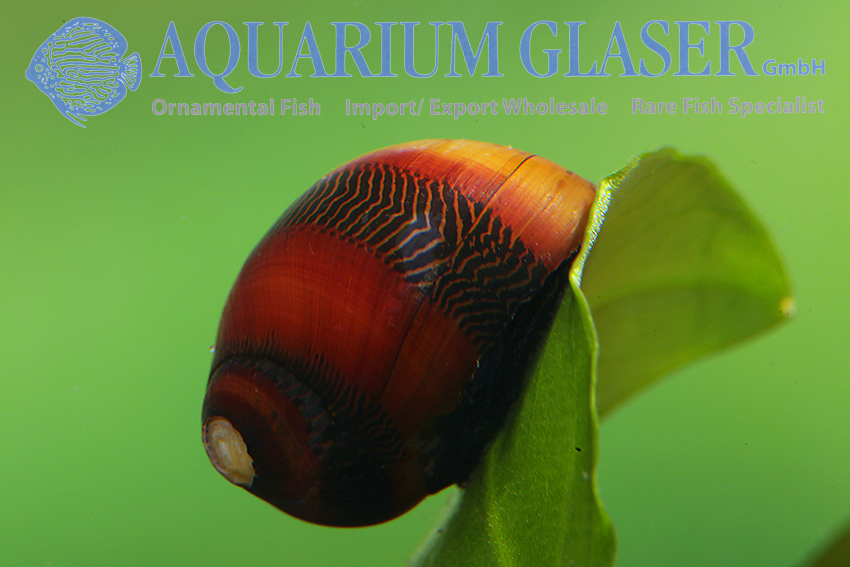
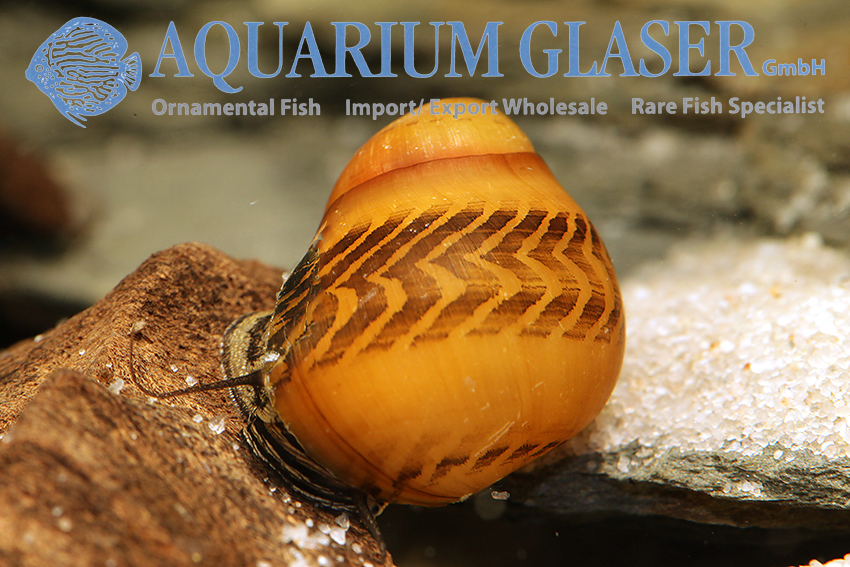
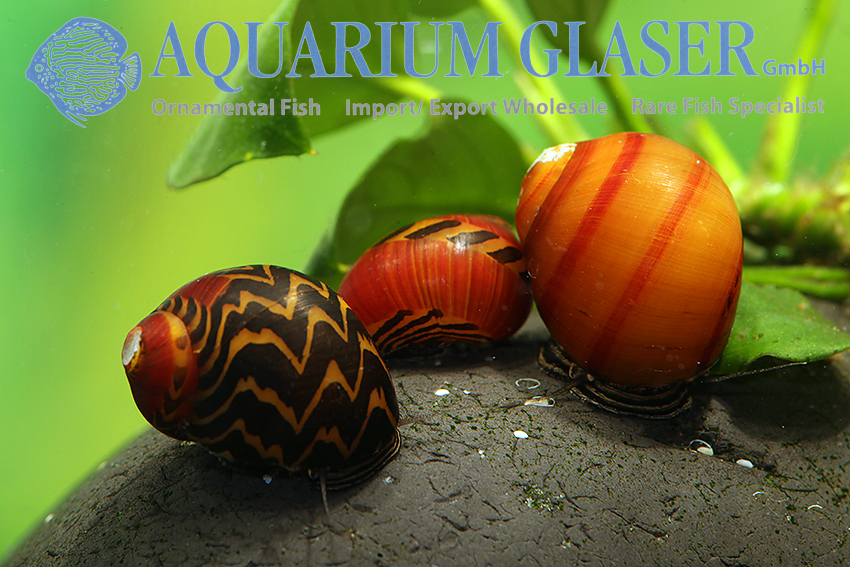
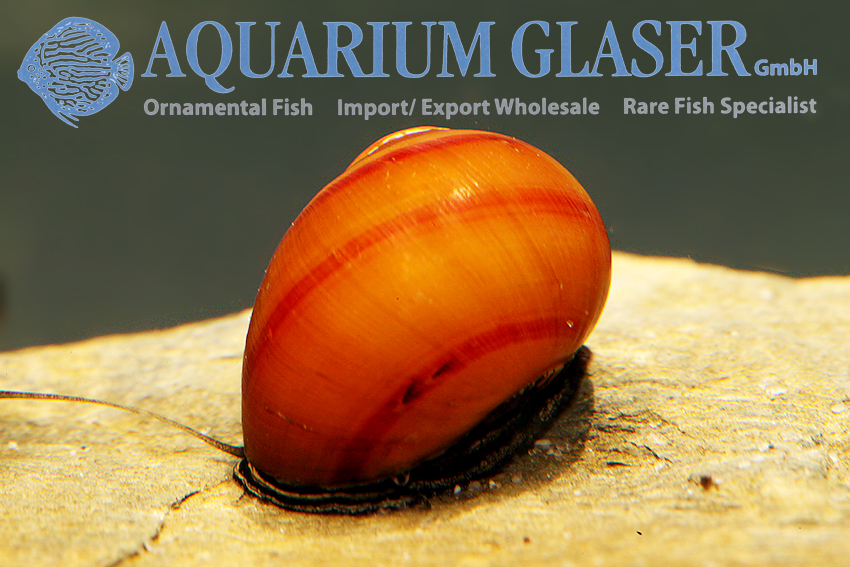
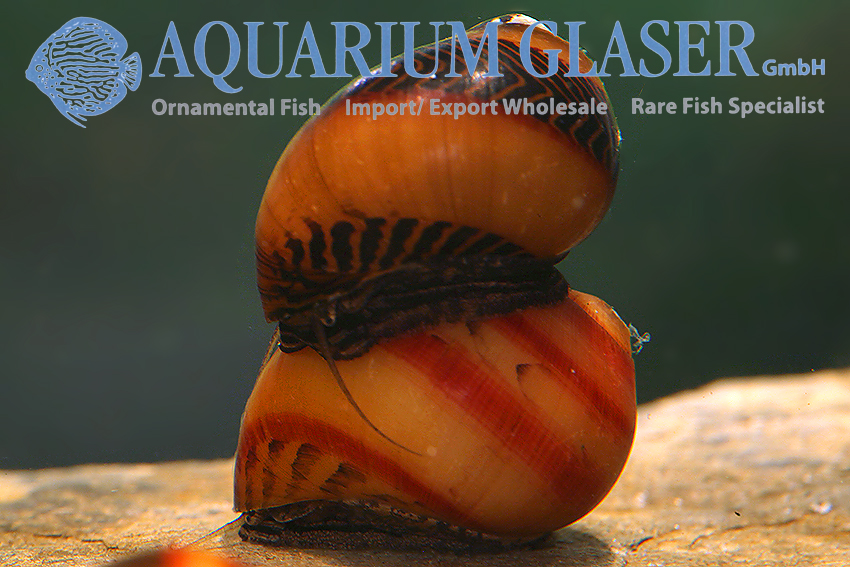
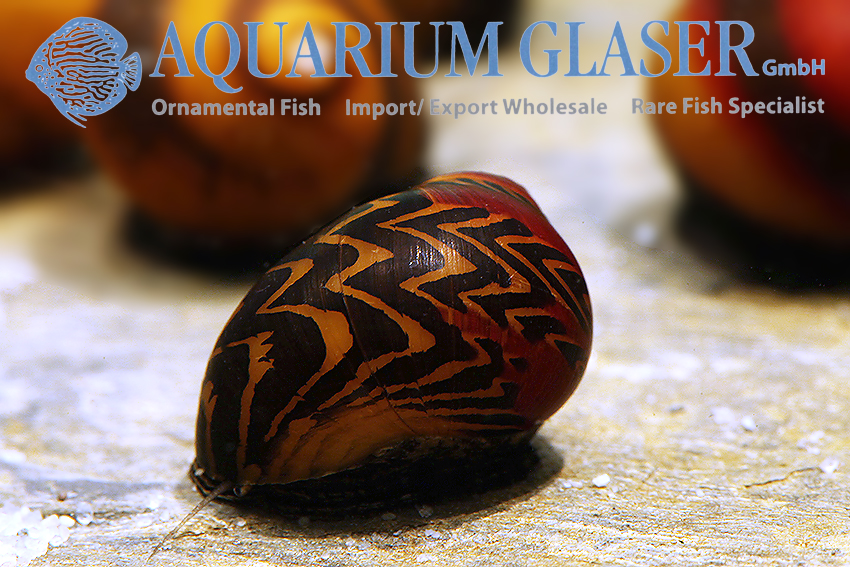
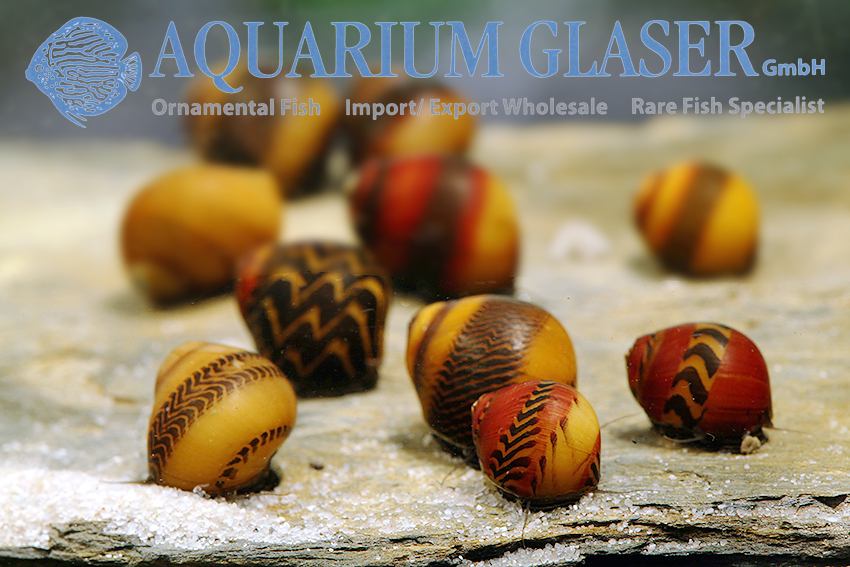
The first describer Lesson has passed on a nice story about the animals: “This neritine must be extremely abundant on Waigiou Island; for the Papuans from Offach Bay brought us bamboo stuffed with it, which they used as a bartering object. We ourselves never came across it during our stay in this land of Papua.” Vittina waigiensis was collected on a circumnavigation of the world by the corvette “La Coquille”, which was commissioned by the French king and lasted from 1822 to 1825.
Everything that is generally known about neritine snails applies to the care of these snails; they live as adults in fresh and brackish water, but the larvae only develop in the sea. They are very good algae eaters. Care must be taken to ensure that these animals do not migrate out of the aquarium. A tight-fitting cover is a must when keeping them. Incidentally, all adult animals of V. waigiensis are missing the tip of their shell. This is not damage, but is part of normal shell growth, a phenomenon that occurs in many snail species. One of the striking features of this neritine snail is the striped soft body, which is particularly prominent in the head area.
For our customers. the snails have code 485602 on our stocklist. Please note that we only supply the wholesale trade.
Text & photos: Frank Schäfer




